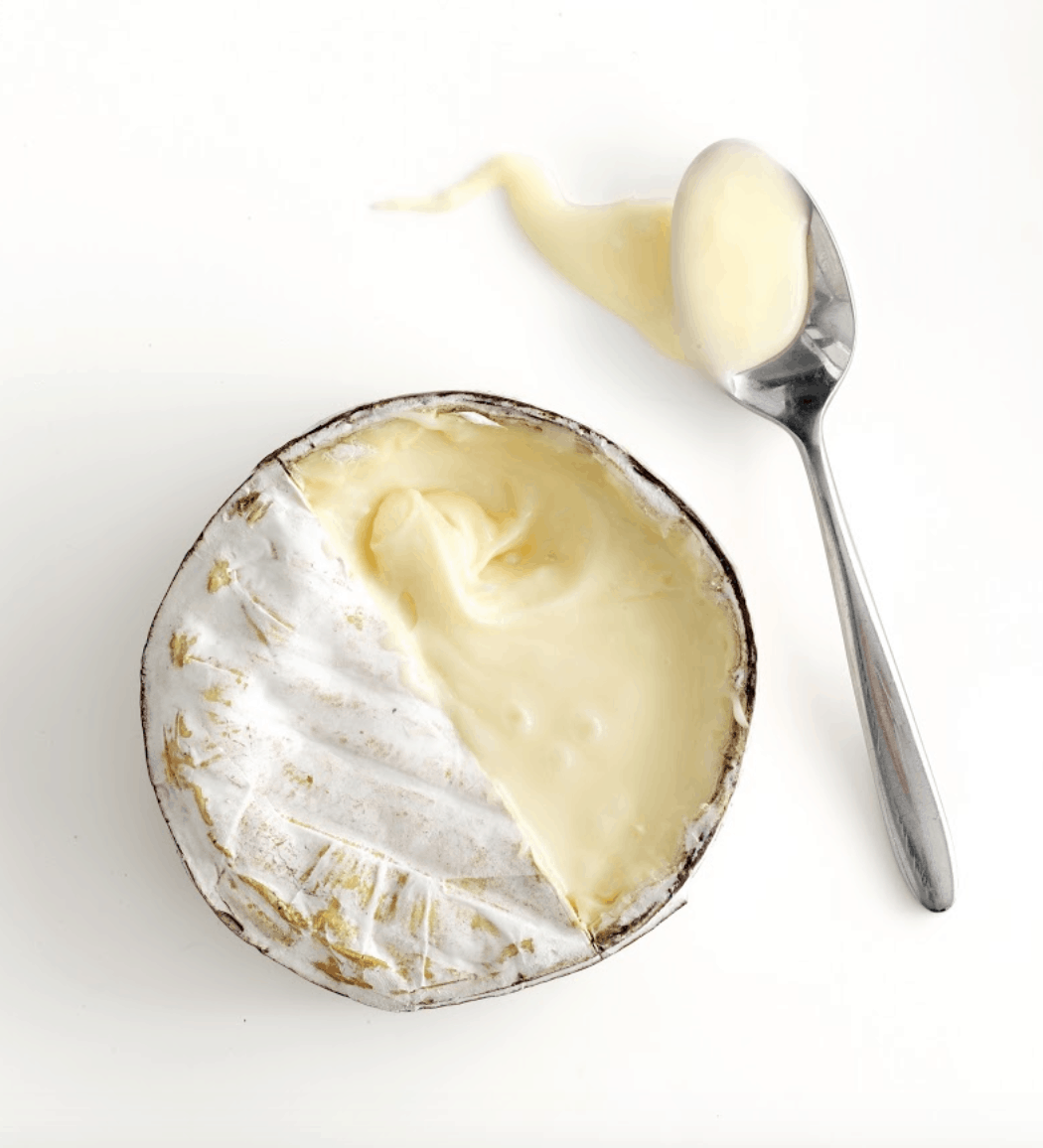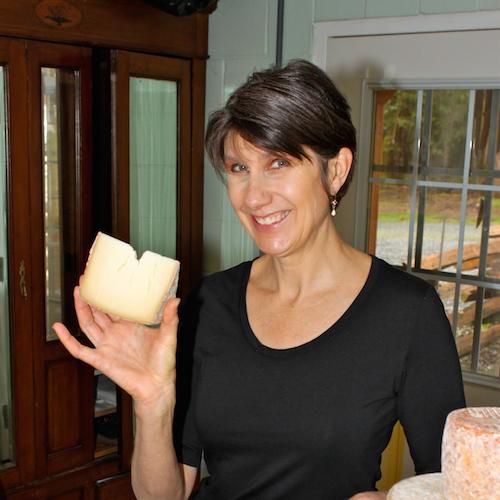
![]() Is there a difference between “raw”and “pasteurized”?
Is there a difference between “raw”and “pasteurized”?
![]() There sure is! The differences are both technical and aesthetic. Let’s start with the technical difference between raw milk and pasteurized milk cheeses.
There sure is! The differences are both technical and aesthetic. Let’s start with the technical difference between raw milk and pasteurized milk cheeses.
In the United States, as in most countries, the term “pasteurized” is appropriate when the milk used to make cheese has been heat-treated according to regulatory standards. There are several possibilities for a combination of time and temperature, all of which are formulated to eliminate or reduce the number of microbes in the milk to a level the FDA considers safe. Most pasteurization processes do not sterilize the milk; in fact, if they did, the milk would be altered to a state unsuitable for creating a natural cheese. Pasteurization processes and equipment are closely monitored by the cheesemaker, milk processor, and regulators to ensure that FDA parameters are met. Currently in the United States, all cheeses that are not aged over 60 days and above freezing must be made from pasteurized milk.
When milk is not heated within these parameters, it is legally considered raw milk. That might mean that it has had an alternative treatment that falls outside the criterion stipulated by the FDA. One example is a process called thermization, which some cheesemakers use to lower the bacteria count yet retain the milk’s native enzymes and protein status. More often, though, “raw milk” means there has been no heat treatment—other than the temperature the milk attains during the natural cheesemaking process.
Now to the aesthetic differences—those you might be able to taste and smell. Raw milk contains a significant microbial load as well as native enzymes. Harmless, lactic acid-producing bacteria, together with the enzymes, contribute greatly to the development of the cheese. Most raw milk cheesemakers (but not all) also add microbes that will ensure acid production and flavor. Pasteurized milk depends fully on these added cultures and the enzyme in rennet (a coagulant) that, after coagulation, helps break proteins down as the cheese ages. As you can probably imagine, high quality raw milk offers the most potential for variety of unique and distinctive flavors.
The choice between making raw or pasteurized milk cheese is based on whether the cheese is fresh or aged, and how confident the cheesemaker is in the safety and quality of the milk source. Only the freshest and highest-quality milk should be used to make raw milk products. A good cheesemaker will assess this suitability on an ongoing basis.




